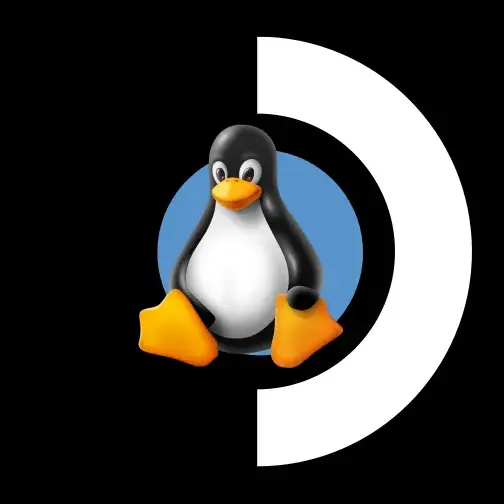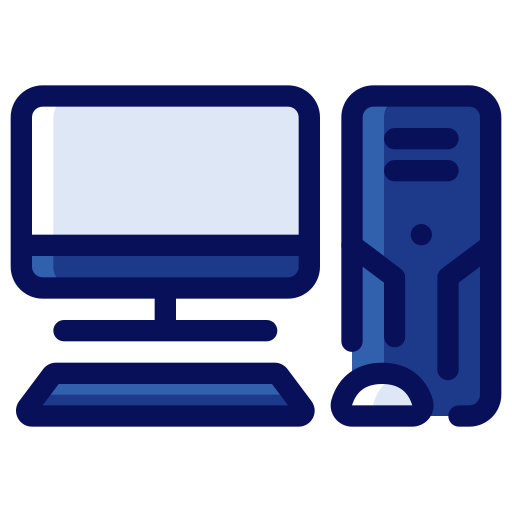Same, still got the devkit 1 and 2 in my cellar.
Really looking forward to the Steam Frame to finally get standalone VR without Meta involvement.
Same, still got the devkit 1 and 2 in my cellar.
Really looking forward to the Steam Frame to finally get standalone VR without Meta involvement.
Really? I did a 365 day streak in Japanese (and most of that time was spent learning Hiragana and Katakana) but I still had some basic phrases down at the end.
Kanji broke me in the end though, Duolingo really doesn’t do it well.


Phones usually don’t do pixel shifting since they lack the extra pixels on the edge to shift the content around.


Pixel shifting is done entirely on the monitors firmware nowadays, no OS intervention necessary.


Phone AMOLED screens are entirely different beasts compared to QD-OLED/WOLED on TVs and monitors.
Phone OLEDs are much more dense, run much hotter and brighter, most also lack pixel shifting and many even pixel refreshing.
I also had some severe burn-in on phones.


To quote Rtings:
under normal circumstances, with mixed usage, burn-in isn’t an issue
Even if your task bar is on 70% of the time, you’re not going to see any significant burn-in.


I did the same thing.
With how things are going that 5800X3D, a used high end workstation mainboard and some DDR4 RAM are going to carry me for a very long time.
I’m GPU bottlenecked in 99% of cases anyway.


If they are on Linux, Steam automatically deletes the Windows prefix every time you uninstall a game. So any game without cloud saves, has their save games deleted if you don’t back them up separately (e.g. via Ludusavi).


The feature recently added to the PS5’s Dualsense that allows them to pair with multiple devices was such a huge QoL change.
Does that only apply to playstations or can you pair to multiple PCs? Might have to upgrade then.
AND per app focus stealing prevention settings.
It does? BRB, putting Steam on the lowest level possible so I can turn everything else back up.
Helldivers 2, and will try Arc Raider
Helldivers 2 and Arc Raiders both work fine on Linux. PUBG does not.
potentially Marathon next year
Marathon is unlikely to work since Destiny also doesn’t work.
C# by muhammad-sammy.
Doesn’t have the fancy project manager that the Microsoft one has but since I’m used to the dotnet CLI, I don’t mind that much.
Fedora Kinoite with VSCodium (Flatpak), both for work and my own stuff.
Also a few toolboxes with different compiler versions for some older projects.
I mostly do .NET and PHP stuff.


You will play a blurry mess upscaled from 720p to 4k and 3 fake frames for every frame and you will like it!


Same, this doesn’t really look good to me yet. It’s just on my wishlist because it’s from the dude that made The Witness, so I’m hopeful it will have great puzzles.


I really liked The Witness, even more than Braid even.
We need a fourth one for “User error”.


I don’t really want automatic updates, I want a notification once a month with all images that have a newer :latest available or if versionised, when a image with a newer version is available.


Does this check for version tags as well or only updates to the current tag?
Like the current container uses an image with the tag :0.1.0 or :v0.1.0 but :0.2.0 is available on the registry.
Haven’t heard anything yet.